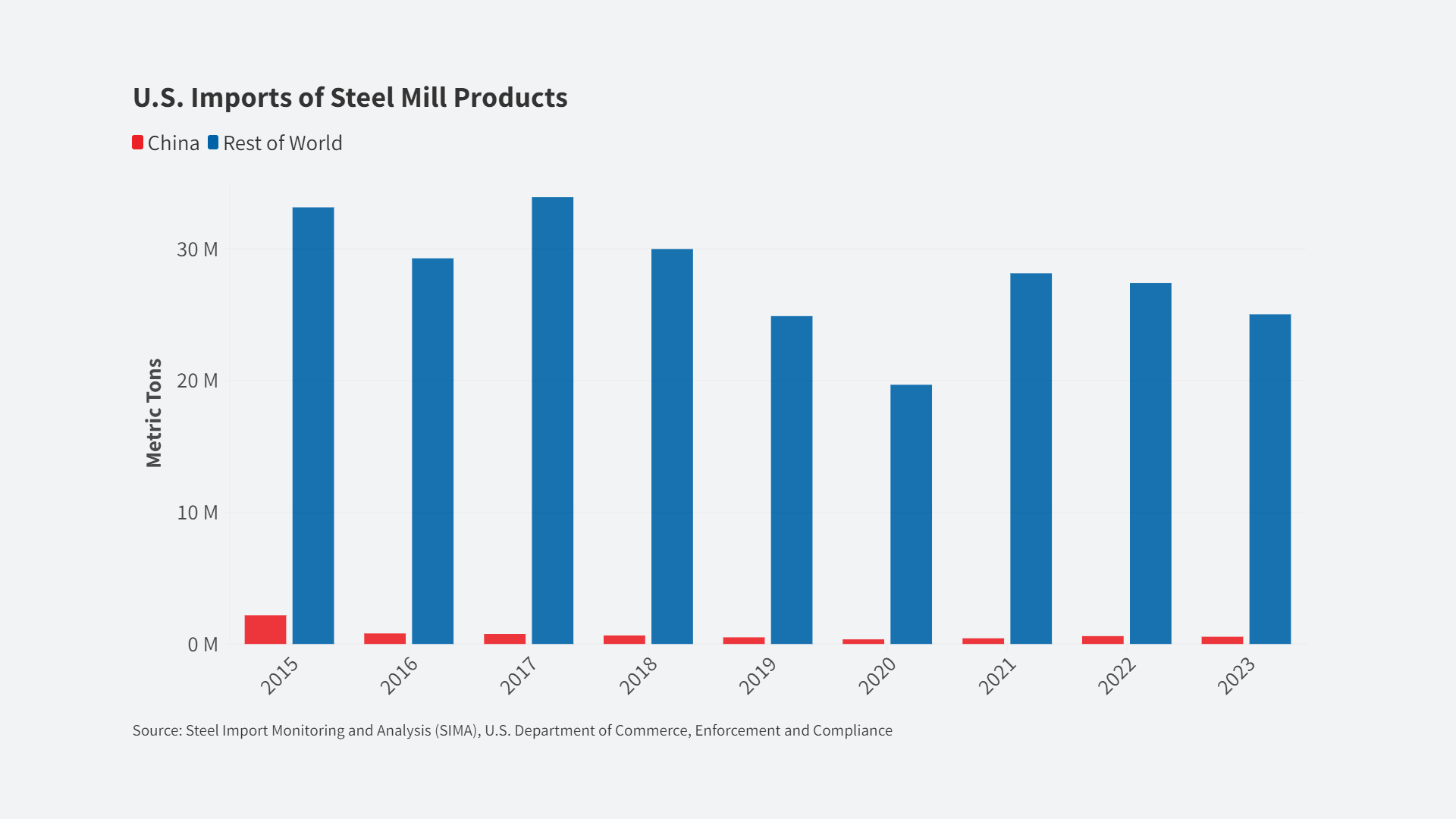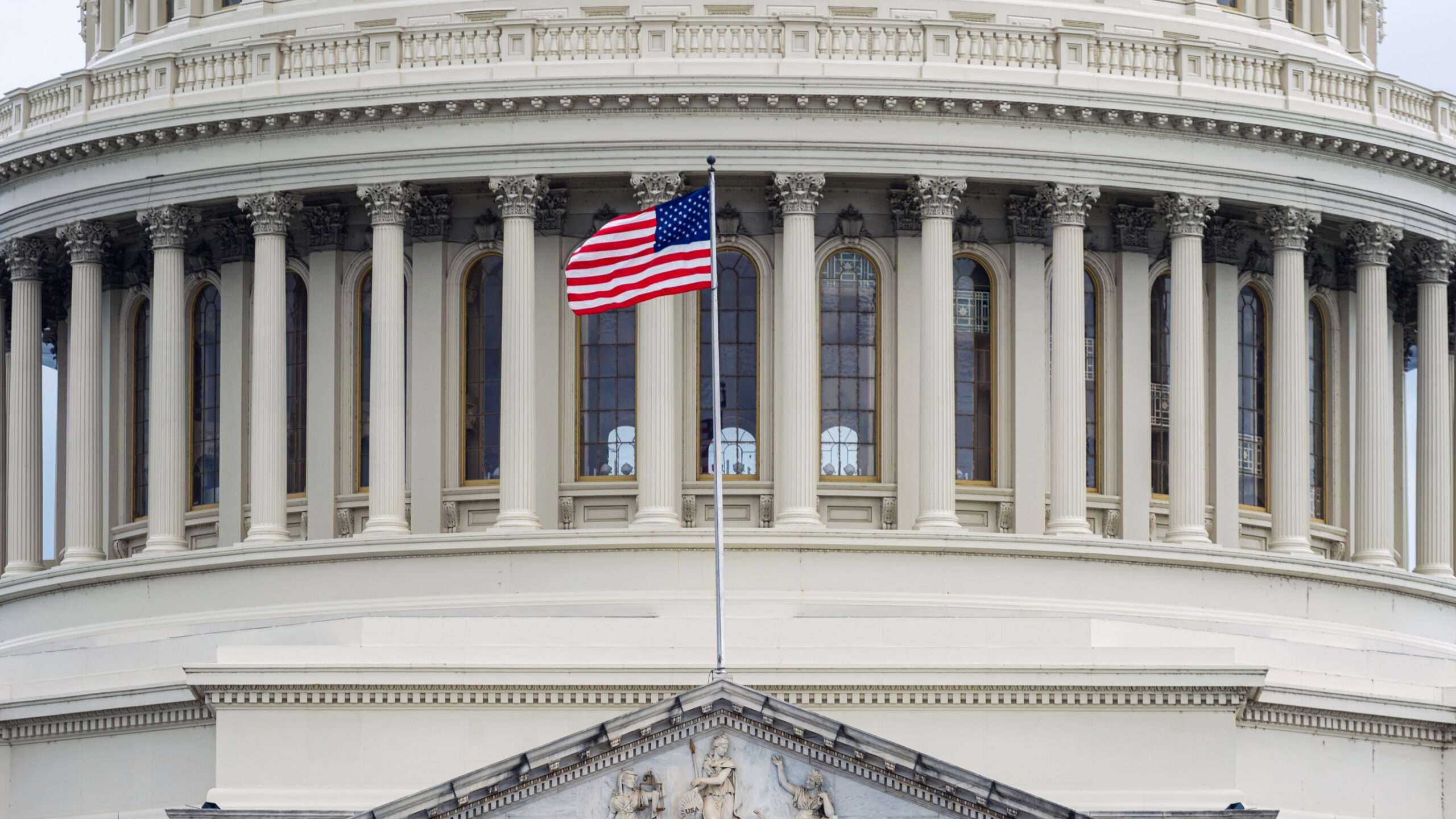
by Charles Blum, CPA Government Relations Director and President of IAS Group
[How is Japan drastically devaluing the yen without direct central bank intervention? Given the results of mercantilist Abenomics, how can US trade negotiators involved in the Trans Pacific Partnership talks persist in the belief that Japan is a substantial potential market for US goods?]
One issue not much discussed in this summer’s Congressional debate over trade and the Trans Pacific Partnership (TPP) has been the falling Japanese yen. That’s a bit surprising because:
• Japan is by far the largest and most developed of the 11 nations with which the US is negotiating the highly touted, highly shrouded TransPacific Partnership. Without Japan, the other TPP partners would account for only 11 percent or so of global gdp, and the majority of them already has a free trade agreement in place with the US.
• Prime Minister Abe was elected in 2012 promising to restore vitality to Japan’s export sector, the traditional backbone of its misshapen economy. Rather than stimulate domestic consumption – the market we are bargaining for in the TPP – he opted to promote production for export.
• Since his election, the yen has depreciated from 78 to the dollar to around 120, an astounding drop of 55 percent. As a result, Japanese exports are hugely less expensive in dollar terms and foreign sales to Japan face barriers in the Smoot-Hawley range.
Abenomics thus poses a direct threat any plausible US benefit from the TPP. So long as the yen remains at the present – or even weaker – levels*, Japan’s effective barriers will be higher than its tariffs were at any time during the past 50 years. While there are a number of prohibitively high tariffs, average duties in Japan are a modest 2.5 percent. The US has run a persistent trade deficit with Japan since 1965, and successive rounds of GATT/WTO tariff negotiations have not made much of a dent in the imbalance. Repeatedly, Japan has engaged in classical currency manipulation to maintain a trade surplus. What Japan is doing now is once again replacing existing barriers with new ones. This raises thus far unanswered questions: As a practical matter, how can American producers of wine, rice, autos, or anything else you can name hope to sell more in Japan, the world’s third largest market, when facing a new 55 percent currency barrier? How can US-based producers overcome the 55 percent subsidy their Japanese competitors are getting from the cheaper yen when they sell to the US or most other destinations? Isn’t the bottom line result likely to be a larger, not a smaller, deficit with Japan?
Remarkably, according to Treasury Secretary Jacob Lew, the yen has fallen so dramatically without the benefit of any intervention by the Bank of Japan. How can that be? Normally, a country running sizable trade and current account surpluses and accumulating huge official reserves could expect that market forces would kick in, driving its currency back toward an equilibrium level that would restore stability to the system as a whole. That’s the theory behind IMF Article 4, which prohibits governments from manipulating their currency – defined as persistent one-way intervention in foreign exchange markets — to prevent the correction of imbalances in trade and payments flows.
What’s happened is a new form of mercantilism that at least in the case of Japan works as well or better than its predecessor:
• Large export-oriented manufacturers and trading companies are free to move massive amounts of currencies around the world, pocketing billions of dollars in gains as corporate profits. They can sell yen that they own and buy dollars, helping to depress the yen/dollar exchange rate. The only encouragement required is a political signal such as Abe’s election promise of a cheaper yen. All the rest is market-driven behavior. No need for the central bank to intervene.
• Household savings – a major feature of the Japanese economy — are mobilized as well. Mrs. Watanabe, the stereotypical Japanese housewife , can borrow yen at virtually no cost and exchange them for foreign currencies, placing safe bets by buying interest-bearing bonds in the US, Australia or some other safe haven. Japanese financial firms reportedly offer training courses to foster this cottage industry. Again, all’s that’s required is a signal from the government, with no need for the central bank to intervene.
• Contrary to its Article 4 obligations, the central bank refuses to act to stop the depreciation of the yen. Where there should be central bank intervention – selling dollars to buy yen — there is none.
One result of this neo-mercantilist innovation is that the traditional terms of the currency manipulation debate do not apply. The most recent example of the conceptual trap is Rep. Paul Ryan’s amendment to the customs enforcement bill that passed the House June 12. It requires one-way intervention by the central bank before the Treasury would be authorized even to enter into consultations or negotiations (genteelly called “engagements”” in the bill), much less consider remedial action. Contrary to its supporters’ claims, there are no teeth in this provision – at least as far as Japan and its emulators.
Mercantilism is an entrenched economic doctrine. Its ends are constant: persistent imbalances in trade and payments flows. By contrast, its means are flexible. Japan has in effect leapfrogged free traders by outsourcing the function of foreign exchange market intervention and having the government refuse to intervene to stop the runaway depreciation it favors.
As a result of this neo-mercantilist innovation, the TPP is unlikely to produce any significant increase in effective access to the Japanese market. In fact, the cheaper yen might even make American goods less competitive in the Japanese market than they were a few years ago. Abenomics reduces the purchasing power of Japanese households and industrial users – the very buyers we are bargaining to get better access to. At the same time, major Japanese exporters, including its formidable auto producers, are handed windfall profits simply by means of a rigged currency. How can American makers of autos or parts hope to compete on that tilted playing field?
In the 1980s, Americans learned the Japanese phrase ichiban – number one. If allowed to stand unchallenged, Japan’s latest mercantilist success may prompt the addition of another phrase to our trade policy vocabulary: tada nori — free rider.
Mercantilism is the bane of free trade. Free riders are the bane of free trade agreements. Japan’s recent strategy drives home those points, not just in theory but in harsh reality.
* The exchange rate touched 125 before its most recent rise.













